🌱 Regenerative Cotton: The Future Fabric That Heals
It's not just cotton. It's a system shift.
TL;DR: Regenerative cotton goes beyond organic — it actively heals soil, protects water, and creates textiles so clean they're FDA-registered medical devices. If your cotton still smells like chemicals, it's time to regenerate your wardrobe.

Conventional cotton is often marketed as "natural." But what's natural about pesticide-soaked soil, chemically treated fibers, and rivers running red from dye waste?
If you've ever questioned what's truly safe to sleep in, live in, or wear against your skin — regenerative cotton may be the answer your body and the planet have been asking for.
🌾 What Is Regenerative Cotton?
Let's start with what it's not.
It's not just organic. Organic cotton avoids synthetic fertilizers and pesticides — but regenerative organic cotton goes further. It actively restores ecosystems, builds soil health, and regenerates biodiversity. It mimics nature's own rhythms instead of interrupting them.
Regenerative cotton farming:
- 🌱 Uses cover crops and compost to feed the soil
- 🔄 Rotates crops to protect biodiversity
- 🚫 Avoids tilling, preserving underground ecosystems
- 🌍 Captures carbon, mitigating climate change
This is farming that gives more than it takes.
💧 A Water Story Worth Listening To
Textile production is one of the most water-intensive industries in the world. Conventional cotton, often grown in dry climates, is a thirsty crop, sucking up water from overdrawn rivers and aquifers.
But regenerative systems flip the script.
Healthy soil, rich in organic matter, acts like a sponge. It holds water better. It reduces runoff. It filters naturally. In fact, regenerative organic cotton fields improve water quality and reduce water use; a win for farmers, ecosystems, and your conscience.
"Water doesn't just pass through our fields. It leaves cleaner than it came in."
🌿 Why Your Skin Might Care
Let's be honest. "Organic" on a label doesn't always mean what you think it means. Especially in textiles.
Even certified organic cotton is often bathed in petrochemical dyes, coated with anti-wrinkle agents, softened with silicone, and "finished" with synthetics that stay on the fabric (and your skin) for life.
Regenerative cotton, when paired with plant-based dyeing like AIZOME's ultrasonic process, does something radically different: it heals. Not just the planet. Your skin.
What You Can Do: Choose Healing Over Harm
Our regenerative cotton products offer something revolutionary:
- 🚫 Use no synthetic dyes or finishing agents
- 🌿 Are dyed with medicinal plants like indigo and madder
- ✨ Are hypoallergenic and microbiome-supportive
- 💧 Are safe enough that our waste water becomes skincare (no, really)
🔥 Is Regenerative Cotton Enough?
No. Not alone. We believe the use of synthetic dyes is a key problem with conventional dyeing.
That's why AIZOME doesn't stop at the farm. We've cut chemicals from every step: spinning, knitting, dyeing, even shipping. Our regenerative cotton products are:
- 🏥 FDA-cleared as Class I Medical Devices
- 🚫 Free from PFAS, formaldehyde, and synthetic softeners
- ❤️ Designed for people with eczema, TSW, allergies, and chemical sensitivity
"Even 'organic' cotton can become microplastic if soaked in synthetic treatments."
🌎 Why This Matters Now
The textile industry is one of the largest polluters on the planet. But regenerative practices offer a rare chance not just to do less harm — but to actively do good.
If you're someone who:
- 🌍 Cares about the planet
- 🌸 Has sensitive skin
- 😴 Wants to be rested well
- 🚫 Or just wants to opt out of petroleum-based everything…
Then regenerative cotton isn't a trend. It's a transformation.
🌱 TL;DR — Regenerative Cotton Means:
- ✅ Healthier soil
- ✅ Cleaner water
- ✅ Happier skin
- ✅ Real sustainability — not greenwashing
- ✅ A shift from extraction to regeneration
P.S. If your cotton still smells like a department store and feels like plastic, it might be time to regenerate your wardrobe. Starting with your skin.

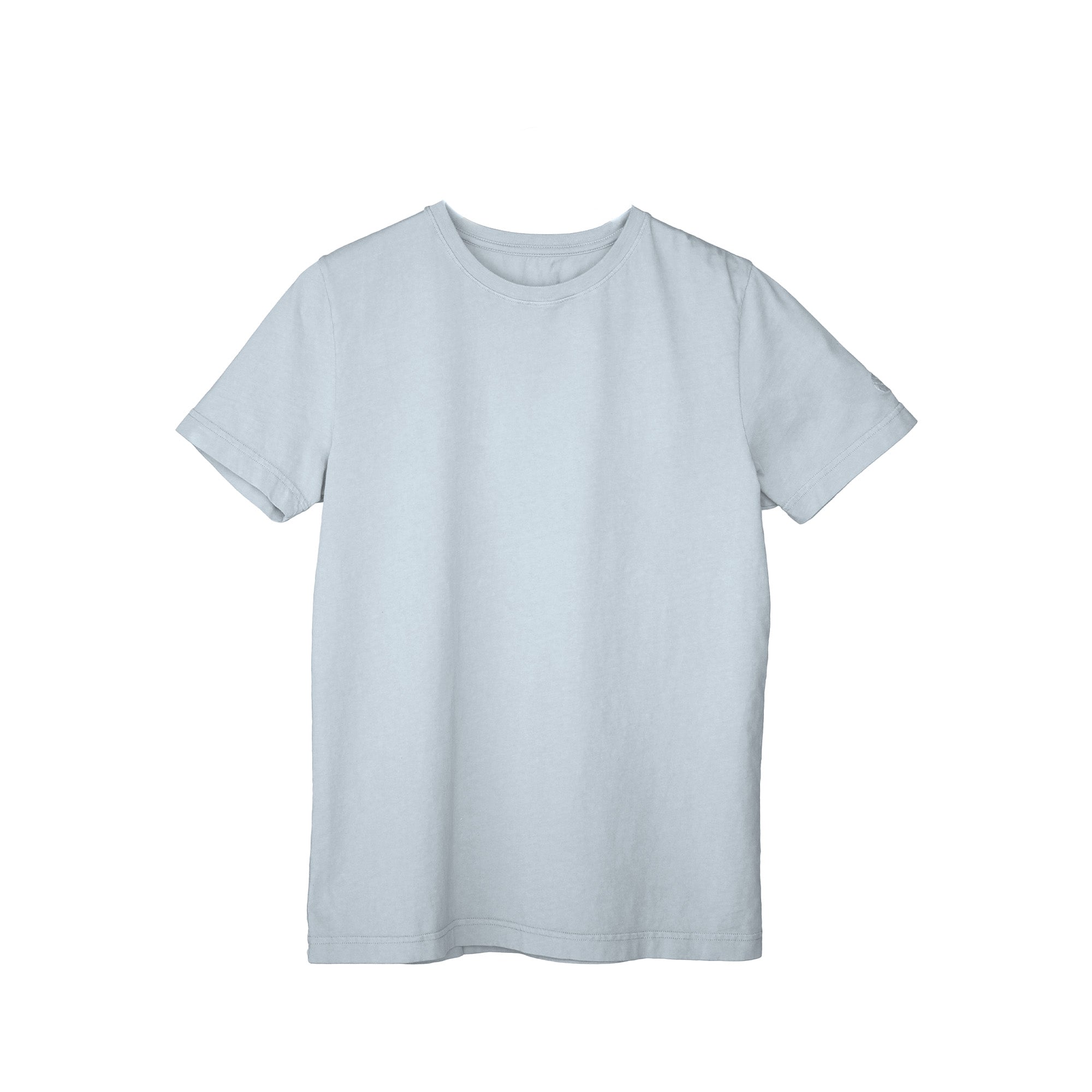

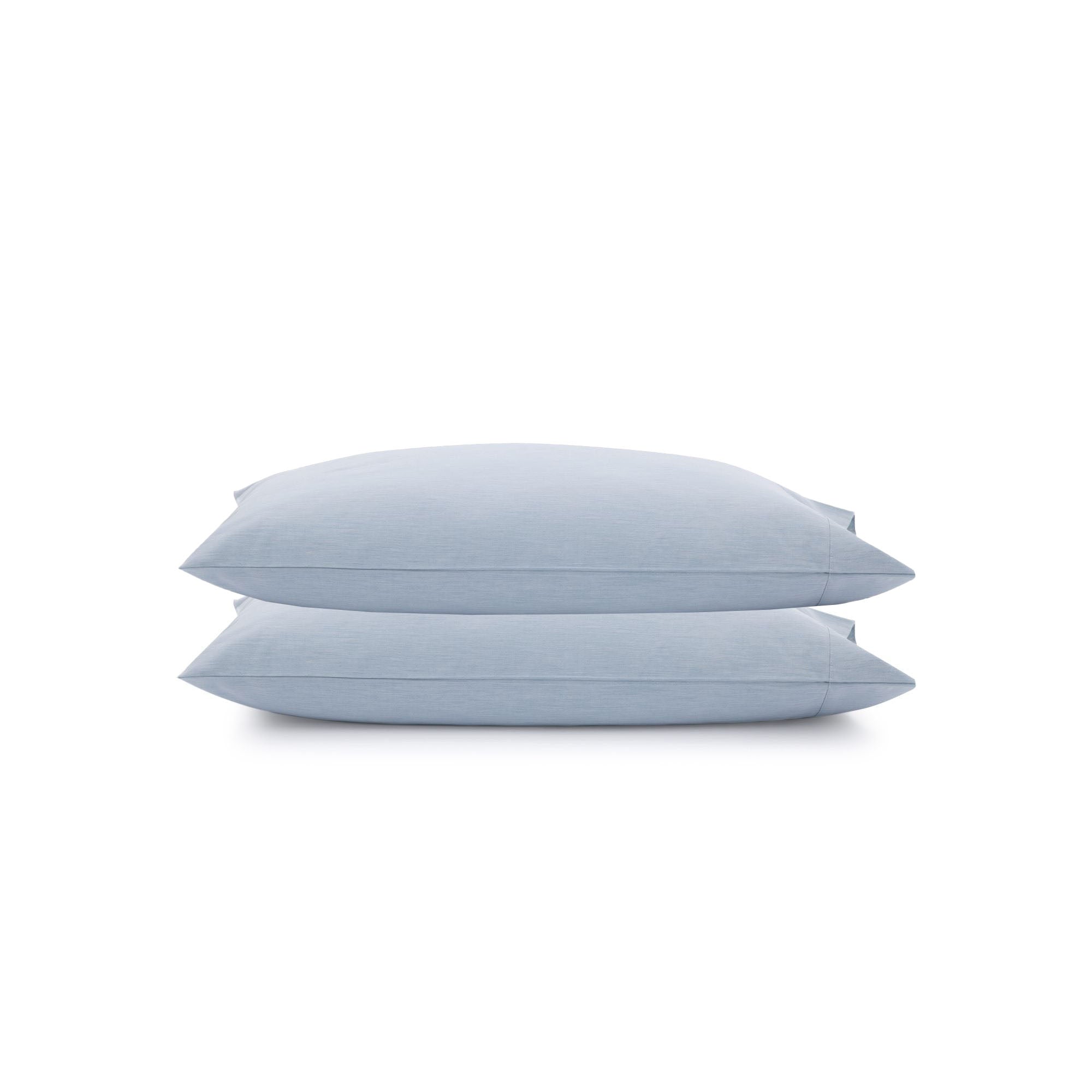
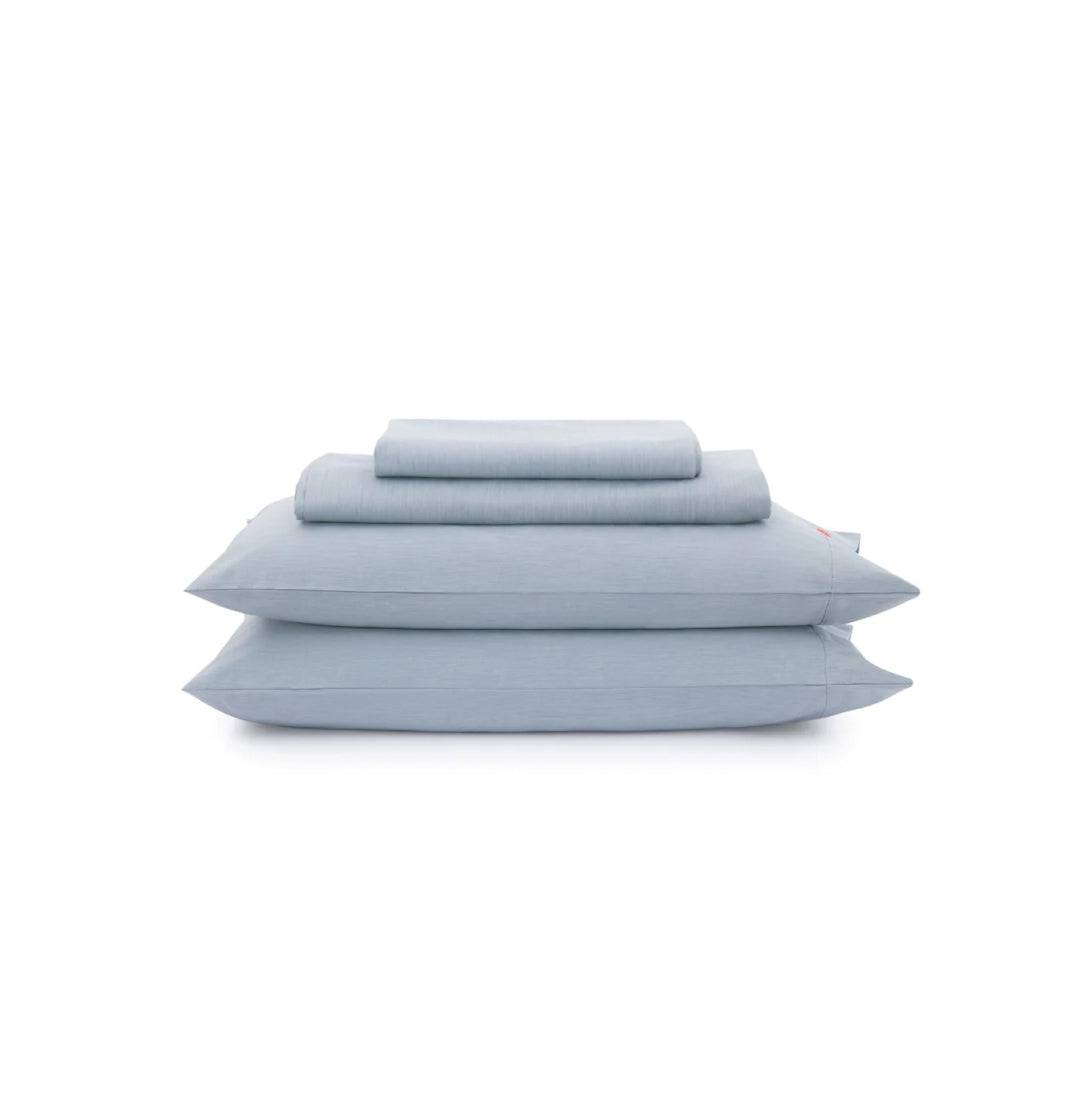
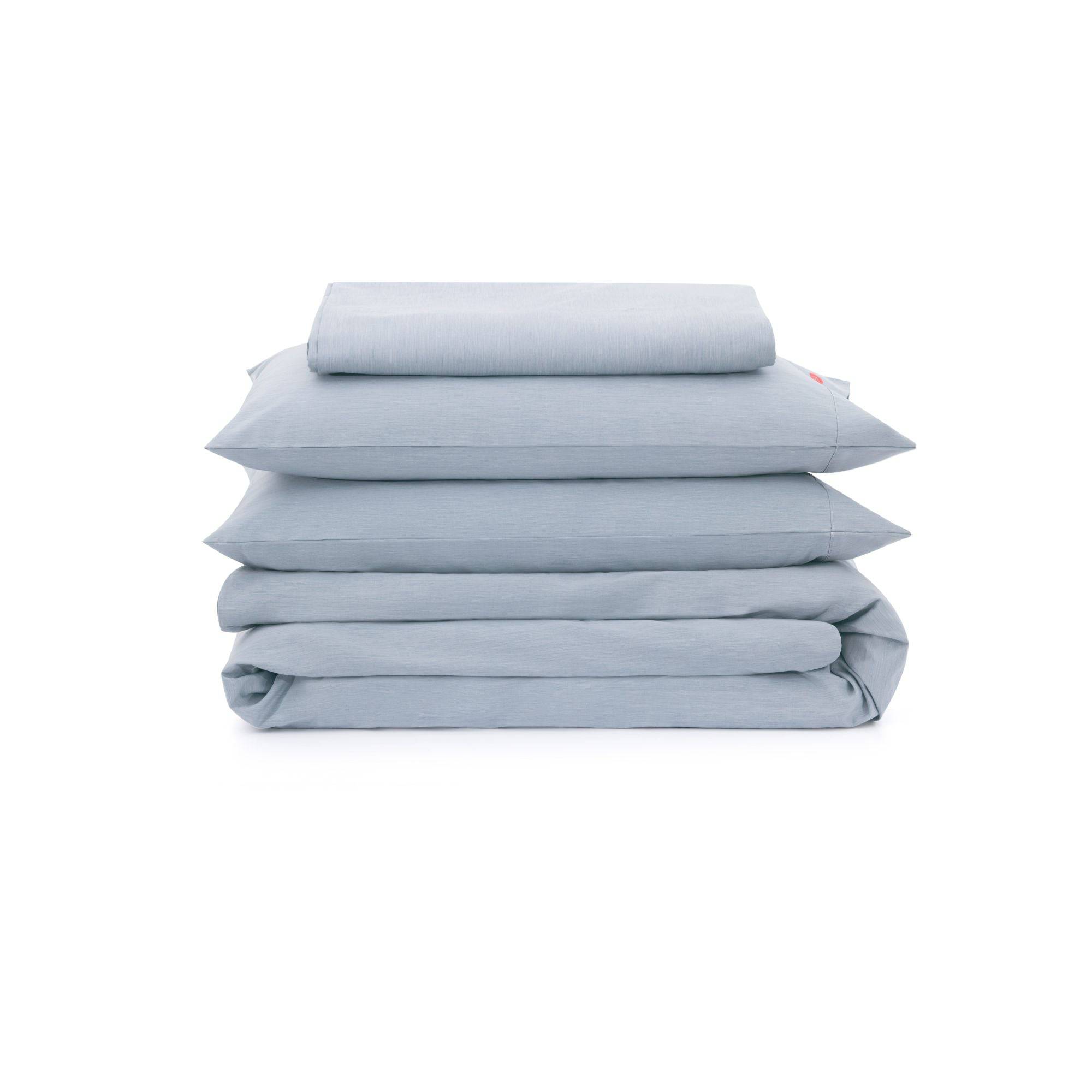
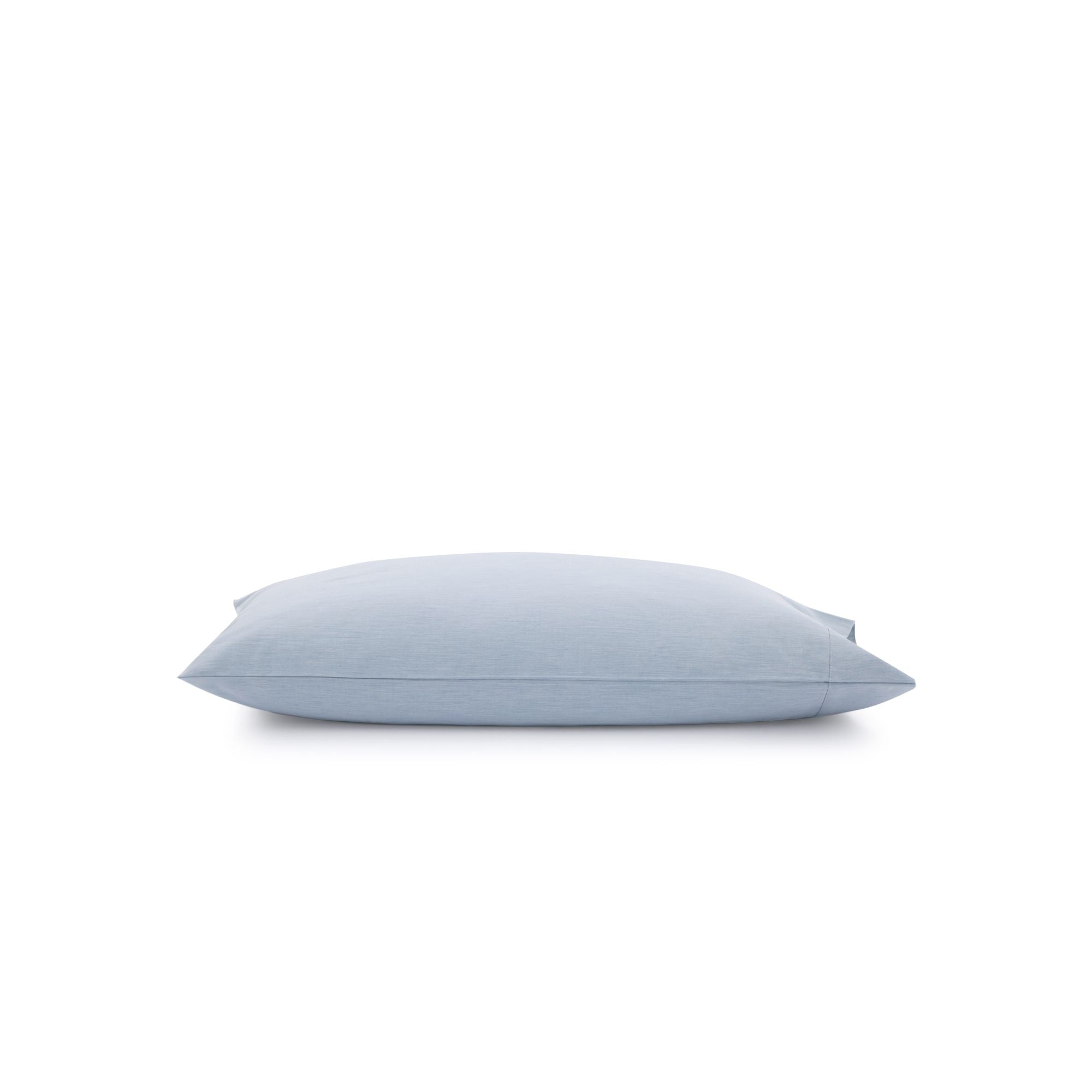
 Bedding
Bedding
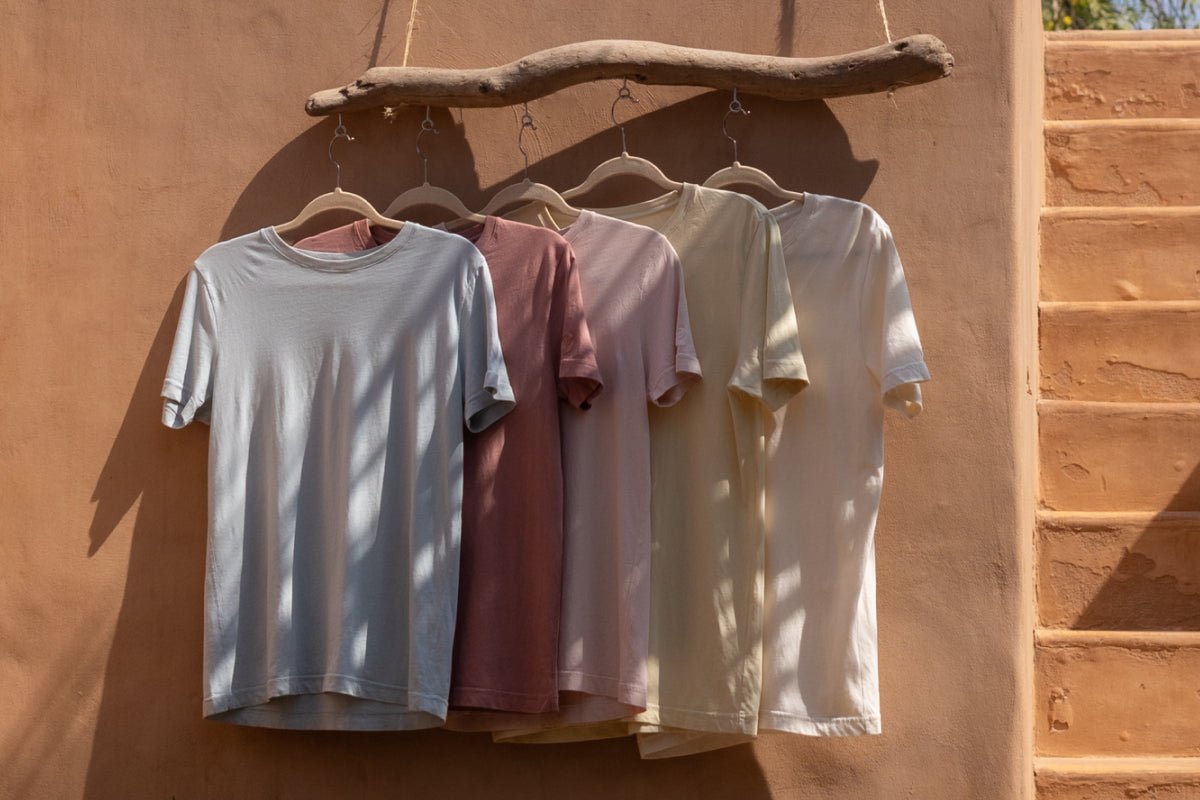 Clothing & Accessories
Clothing & Accessories
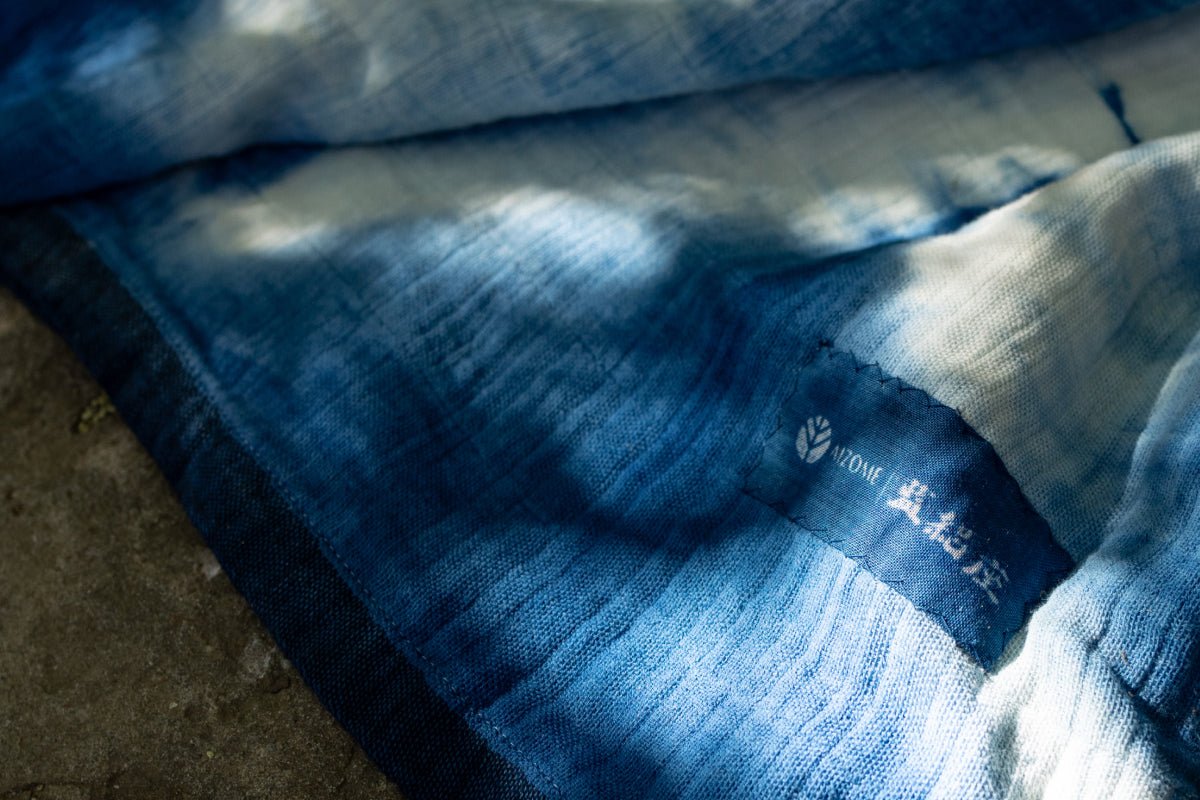 Artisan Line
Artisan Line




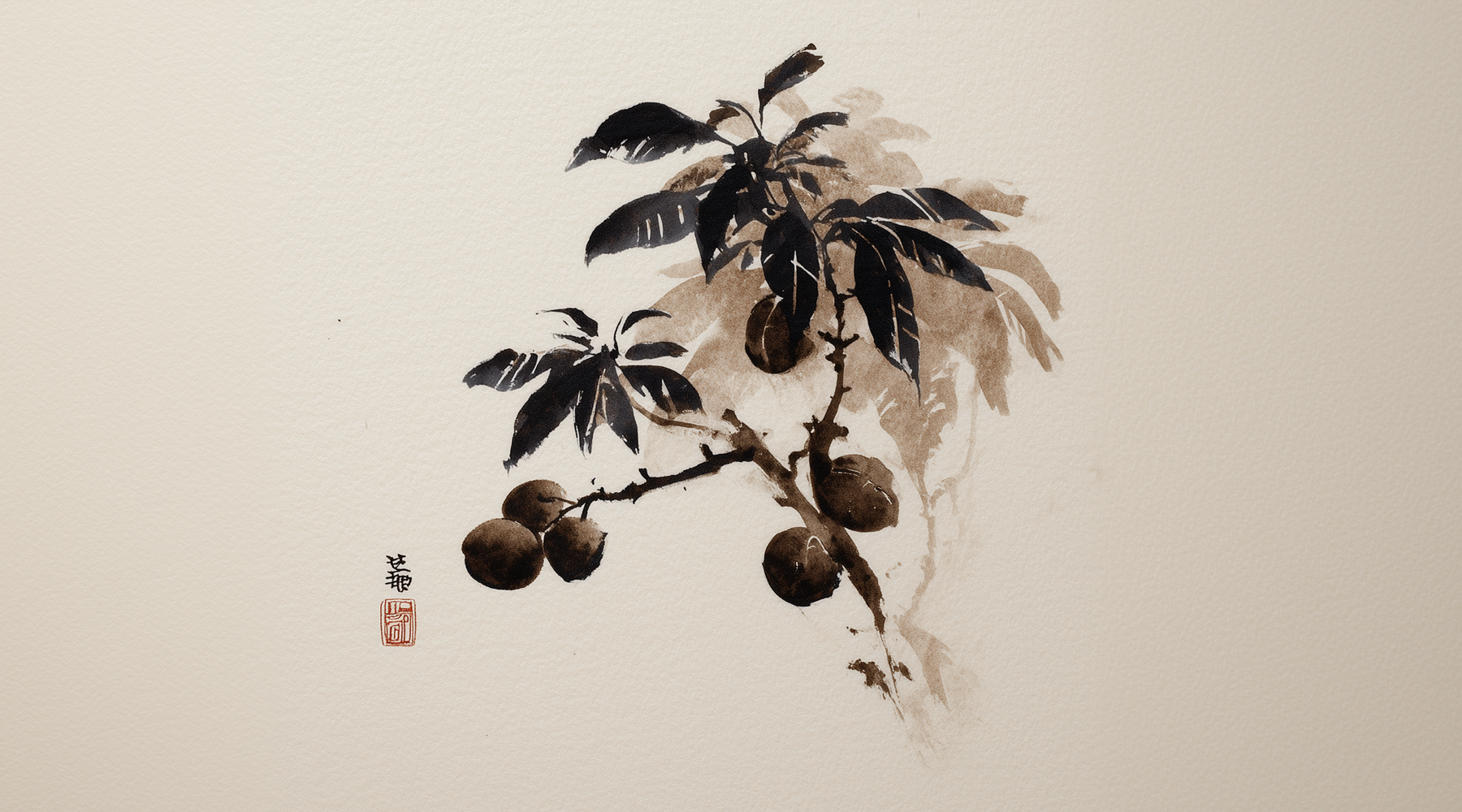

1 comment
Hannah J.
This article does such a powerful job of explaining the real difference between regenerative and conventional cotton. It’s eye-opening to realize how much damage the traditional textile industry does – from degrading soil to polluting waterways – and how regenerative practices don’t just avoid harm but actively restore the environment. The idea that healthy soil can hold and filter water better, or that the wastewater from dyeing can actually be skincare-grade, is astonishing.
I also really appreciated the transparency around organic cotton vs. regenerative organic. So many brands use the word “organic” loosely, but this goes deeper – showing that without changing the entire system, we’re just putting a green label on the same old problems.
Personally, I’ve been using AIZOME products for a while now, and everything in this article rings true. The fabrics feel clean in a way that’s hard to describe until you experience it.
Thank you for leading this transformation!
Leave a comment
All comments are moderated before being published.
This site is protected by hCaptcha and the hCaptcha Privacy Policy and Terms of Service apply.